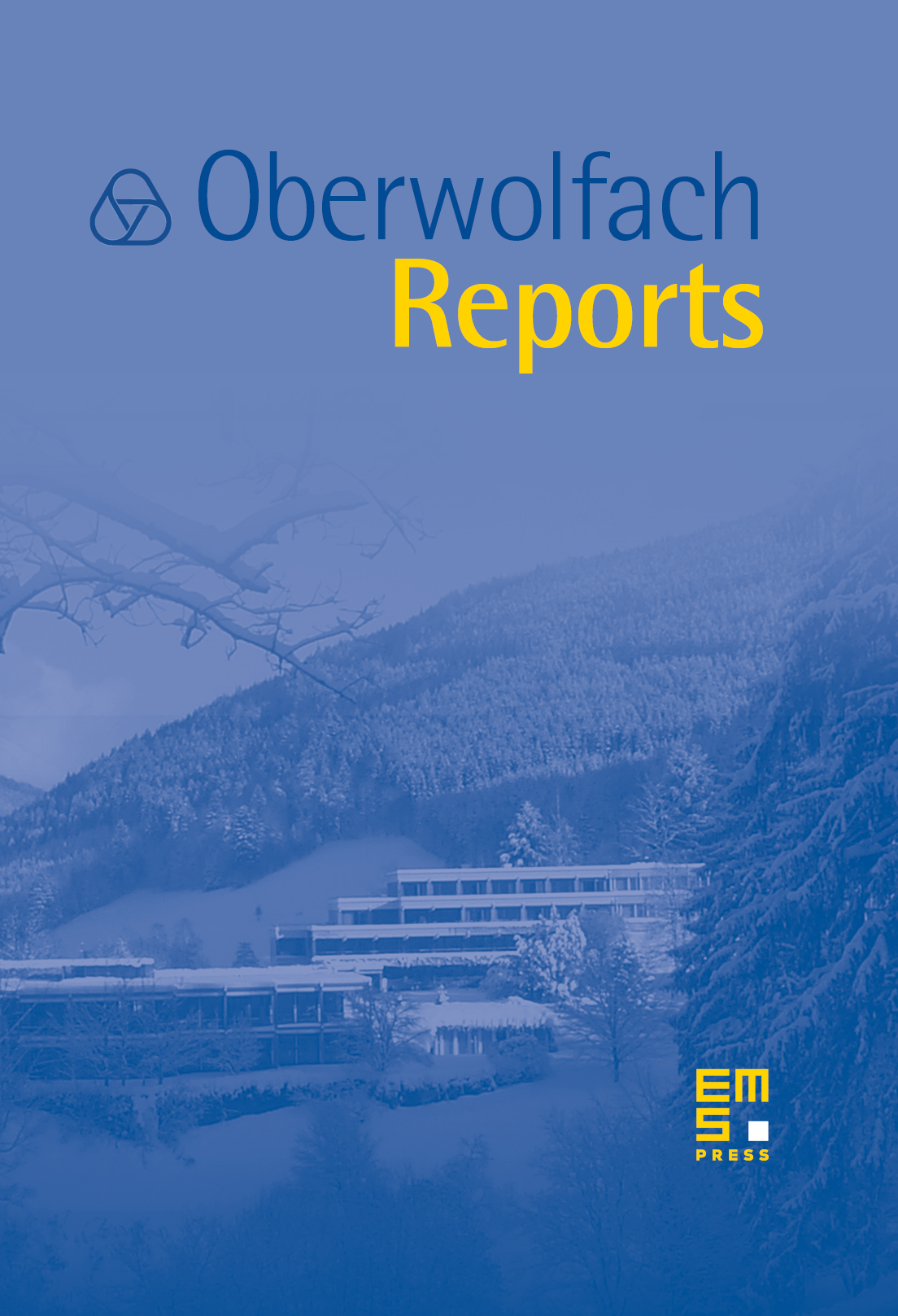Mini-Workshop: Multiscale Modeling in Epitaxial Growth
Axel Voigt
Research Center CAESAR, Bonn, Germany

Abstract
Thin film epitaxy is a modern technology of growing single crystals that inherit atomic structures from substrates. Various mathematical models and numerical algorithms are proposed to be used for describing epitaxial growth processes. Due to the underlying multiscale phenomena, which range from the interaction of single atoms at steps up to an engineering scale, on which the transport of material to the surface in a MBE (molecular beam epitaxy) furnace needs to be described, the models can be distinguished by the relevant length scales they are living on
(a) discrete atomic models: Individual atoms are the basic degrees of freedom and single hoppings to neighbouring lattice sites are simulated by kinetic Monte Carlo methods. A n example are the so-called Solid-on-Solid models.
(b) discrete-continuous models: The atomic distance in the growth direction is discrete, but the atomic distance in the lateral direction is coarse grained. The steps are assumed to be smooth curves and serve as free boundaries for an adatom diffusion equation on terraces. These models are known as Burton-Cabrera-Frank models.
(c) continuous models: The atomic processes at steps are neglected , the overall surface is assumed to be smooth and phenomenological equations describe directly the height of the growing film. An example is the Villain equation.
The main goal in modelling epitaxial growth is to bridge the gap between these different models and to describe growth process on a continuous scale by incorporating atomic effects. The focus of this workshop was to bring together materials scientists, theoretical physicists and applied mathematicians to exchange ideas on the three different regimes (a),(b) and (c). The mini-workshop consisted of three introducing lectures, one for each approach and several lectures which focus on connections both in an analytical and numerical fashion. The contributions ranged from quantum-chemistry, molecular dynamics and kinetic Monte Carlo to step flow and continuum models. Several multiscale approaches have been considered to combine at least two of these models.
Besides the mathematical aspects of modelling epitaxial growth also the connection to experimental results was dealt with in order to drive the recent theoretical developments into a direction which is relevant for a large variety of industrial applications. The mini-workshop was also used to give young researchers the opportunity to be introduced into such an actual interdisciplinary field.
Cite this article
Axel Voigt, Mini-Workshop: Multiscale Modeling in Epitaxial Growth. Oberwolfach Rep. 1 (2004), no. 1, pp. 219–242
DOI 10.4171/OWR/2004/04